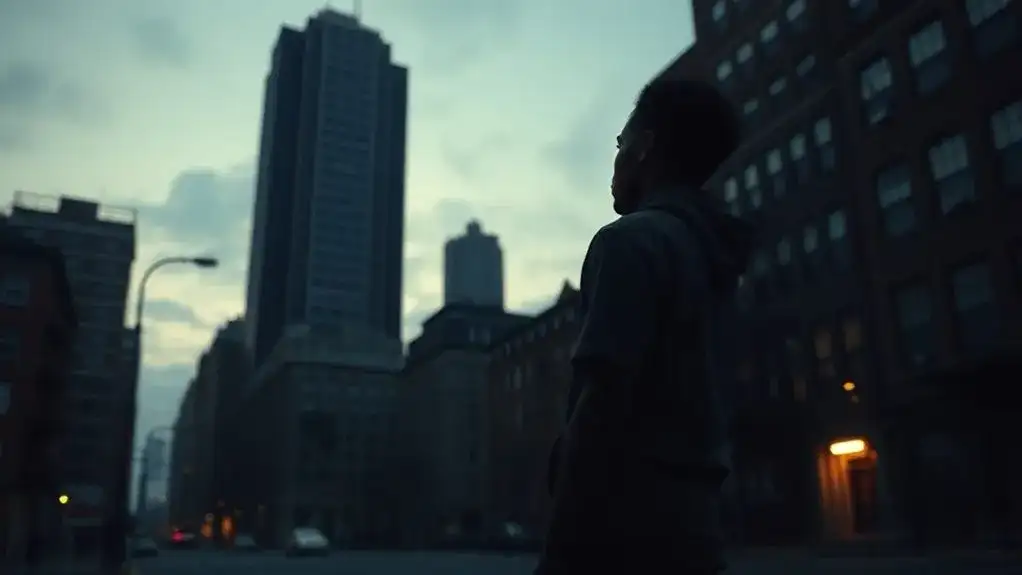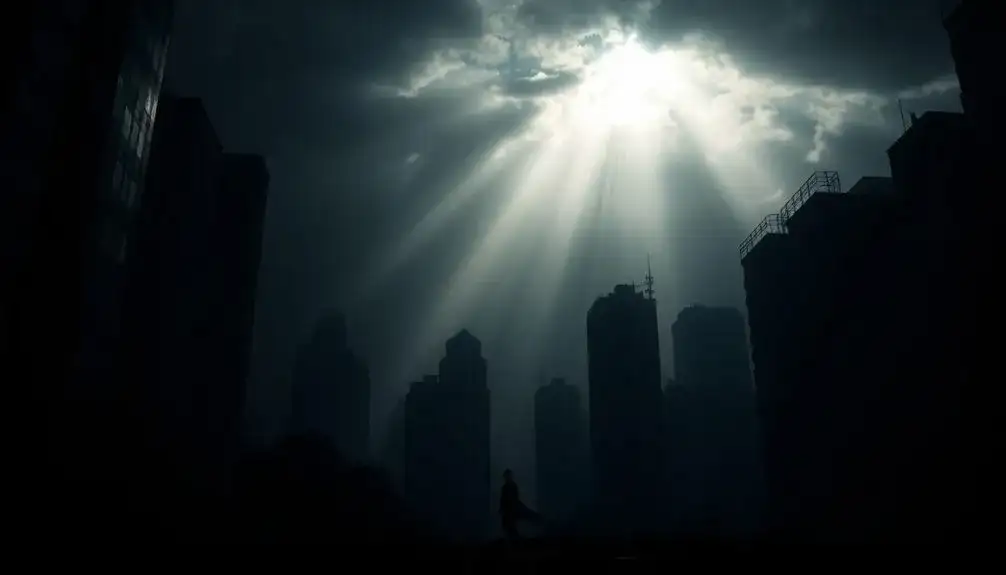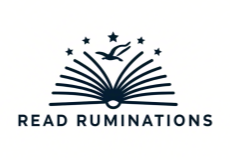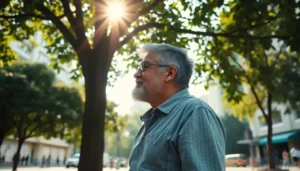Introduction: The World of Bigger Thomas
Richard Wright’s Native Son thrusts readers into the raw and oppressive landscape of 1930s Chicago, where systemic racism and poverty forge the psychological and social reality of African Americans. At the center of this narrative is Bigger Thomas, a young black man whose life becomes a chilling reflection of the societal forces that shape, and ultimately destroy, him. Through Bigger’s journey, Wright critiques America’s racial dynamics, exposing the structures that marginalize, dehumanize, and condemn young black men.
Divided into three sections—”Fear,” “Flight,” and “Fate”—Native Son chronicles Bigger’s spiral from uncertainty to chaos, culminating in a desperate, yet revelatory, confrontation with a world that sees him as less than human. Wright’s narrative is a searing exploration of identity, systemic injustice, and the faint but persistent glimmers of resistance that emerge from the depths of despair.
Part I: Fear and the Conditions of Oppression

Wright opens Native Son in a cramped apartment in South Side Chicago, where Bigger Thomas lives with his family. Their daily life is consumed by the grinding challenges of poverty: hunger, cold, and a constant sense of entrapment. This physical setting mirrors Bigger’s internal landscape—a world limited not only by socio-economic status but by an omnipresent racial hierarchy.
Bigger’s fear is not merely of poverty but of being seen—misunderstood and mischaracterized—by a society that already views him through a distorted lens. This fear follows him into the home of the Daltons, a wealthy white family that employs him as a chauffeur. Mr. Dalton considers himself progressive, supporting black education through philanthropy, but his liberalism is steeped in paternalism. For Bigger, the Daltons’ seemingly kind gestures reinforce his feelings of alienation, as they highlight the immense gulf between their lives and his own.
Mary Dalton, the daughter of Mr. and Mrs. Dalton, becomes a central figure in the tragedy. Her attempts to treat Bigger as an equal—though naïve and patronizing—culminate in a fateful night when Bigger, trying to help her to bed while drunk, accidentally smothers her in fear of being discovered by her blind mother. This act, unintentional yet fatal, becomes the turning point of the narrative.
The fear that drives Bigger’s actions underscores the psychological toll of living in a racially oppressive society. He is not simply reacting to a moment, but to a lifetime of social conditioning that tells him he is dangerous, inferior, and ultimately expendable.
Part II: Flight and the Illusion of Freedom
After the death of Mary Dalton, Bigger attempts to cover up the murder, disposing of her body and constructing a narrative to mislead the authorities. This begins a chaotic descent into guilt, paranoia, and further violence. His subsequent killing of Bessie, his girlfriend and reluctant accomplice, marks a moral nadir. Yet Wright does not present this act in isolation—it is framed as part of the systemic trap in which Bigger finds himself.
Bigger’s flight from the law is not just a physical escape, but a symbolic attempt to flee from the crushing identity imposed upon him. However, Chicago’s landscape offers no refuge. The oppressive systems—media, police, and white public opinion—close in on him, eager to confirm the narrative of the black criminal. Headlines sensationalize the murder, stoking fear and racism, and painting Bigger as a monstrous figure, devoid of humanity.
This part of the novel deepens the reader’s understanding of how structural violence operates. It reveals how institutions—through propaganda, surveillance, and biased enforcement—work to maintain racial hierarchies. Bigger’s “flight” ultimately proves futile; his path was constrained long before he ever took it.
Part III: Fate and the Machinery of Injustice
Bigger’s capture leads to the final act: his trial. It is here that Wright delivers one of the most scathing critiques of American legal and social systems. The courtroom becomes a theatre in which Bigger’s fate is preordained, his guilt assumed not just for Mary’s death, but for being a black man in a white-dominated society.
The prosecution constructs a case not merely based on evidence but on fear, playing into racist stereotypes and demonizing Bigger as a symbol of black male violence. Meanwhile, Boris Max, a Communist lawyer assigned to defend Bigger, attempts to contextualize his actions within a broader social and historical framework. Max’s argument is not one of innocence but of understanding: he pleads for Bigger’s life by illuminating the societal conditions that shaped him.
Max’s closing argument, impassioned and wide-ranging, challenges the courtroom—and the reader—to consider the roots of crime and the role of systemic injustice in perpetuating violence. However, the plea falls on deaf ears. Bigger is sentenced to death, not because he is beyond redemption, but because society refuses to acknowledge its complicity in his downfall.
Alienation and Identity: The Psychological Toll of Racism
Throughout Native Son, Bigger’s experience is marked by profound alienation. He is isolated from his family, disconnected from his peers, and fundamentally estranged from a society that defines him in opposition to whiteness. His internal conflict—the tension between who he is and how he is perceived—drives much of the novel’s emotional power.
Wright explores how the psychology of racism corrodes the self. Bigger, stripped of opportunity and agency, begins to internalize the very fears and prejudices that others project onto him. In a perverse way, the murder of Mary gives him a twisted sense of control, a momentary assertion of power in a life otherwise defined by impotence.
But this control is illusory. As Bigger realizes, his actions have not freed him; they have only reinforced the very narratives he sought to escape. His sense of identity becomes even more fractured, caught between self-loathing and a desperate yearning for meaning.
Intersection of Race, Class, and Power
Native Son is not merely a novel about race; it is an intricate study of how race intersects with class and power. Bigger’s experiences highlight how economic disadvantage compounds racial oppression. The ghetto in which he lives, the menial job he holds, and the disdain with which he is treated all stem from a complex web of socioeconomic forces.
Even those who claim to support racial uplift, like the Daltons, are complicit in this system. They profit from the rent paid by black tenants while congratulating themselves for charitable acts. Wright portrays liberal racism as particularly insidious because it masks structural exploitation beneath a veneer of good intentions.
By linking Bigger’s personal tragedy to broader systemic issues, Wright crafts a powerful indictment of American capitalism and its role in sustaining racial hierarchies.
Parallels in Literature: Universal Themes of Injustice

Bigger Thomas’s story resonates beyond the confines of his specific context. Literary parallels can be drawn to other characters caught in oppressive systems—such as Charles Dickens’s David Copperfield, who struggles against poverty, or Liesel Meminger from The Book Thief, who finds courage amidst fascist tyranny. These narratives underscore the universality of oppression, resilience, and the human need for dignity.
Yet what distinguishes Native Son is its unrelenting portrayal of structural violence. Wright does not sentimentalize Bigger; he presents him as both a victim and a perpetrator, a complex figure shaped by, and reacting to, a brutal world.
Hope, Resistance, and the Seeds of Change
Despite its grim trajectory, Native Son does not conclude in total despair. In the closing chapters, a subtle transformation occurs within Bigger. Through his conversations with Max, he begins to see himself not just as a product of fear, but as a human being capable of thought, reflection, and even resistance.
Max’s arguments suggest that change is possible—not just for individuals like Bigger, but for society as a whole. His critique of systemic racism and appeal to collective responsibility offer a path forward, however uncertain. Bigger’s faint acceptance of this perspective hints at an internal awakening, a recognition that he is more than the role imposed on him.
This glimmer of hope is crucial. It suggests that even in the most oppressive circumstances, the possibility for resistance—be it intellectual, emotional, or political—remains. Wright’s novel, then, becomes not just a portrait of suffering, but a call to action.
Conclusion: A Legacy of Confrontation and Insight
Richard Wright’s Native Son endures as a seminal work because it forces readers to confront the uncomfortable realities of race, power, and justice in America. Through Bigger Thomas, Wright presents a character who is both uniquely shaped by his environment and universally symbolic of the human cost of systemic oppression.
As you close the book, you are left not only with a sense of tragedy but with an imperative. Wright compels you to see the Bigger Thomases of the world—not as monsters, but as the inevitable outcomes of a society that marginalizes and devalues black life. And in doing so, he sows the seeds of awareness, empathy, and, perhaps, change.
The struggle continues, but so does the hope. Within the pain of Bigger’s story lies a powerful reminder: the fight for justice is not only necessary—it is possible.



